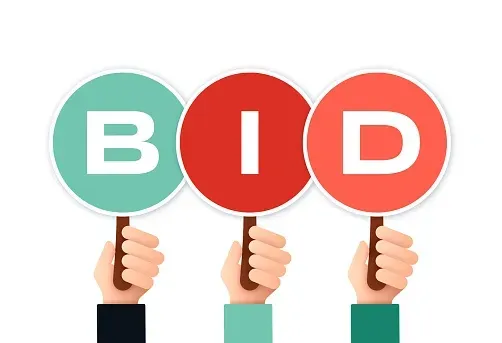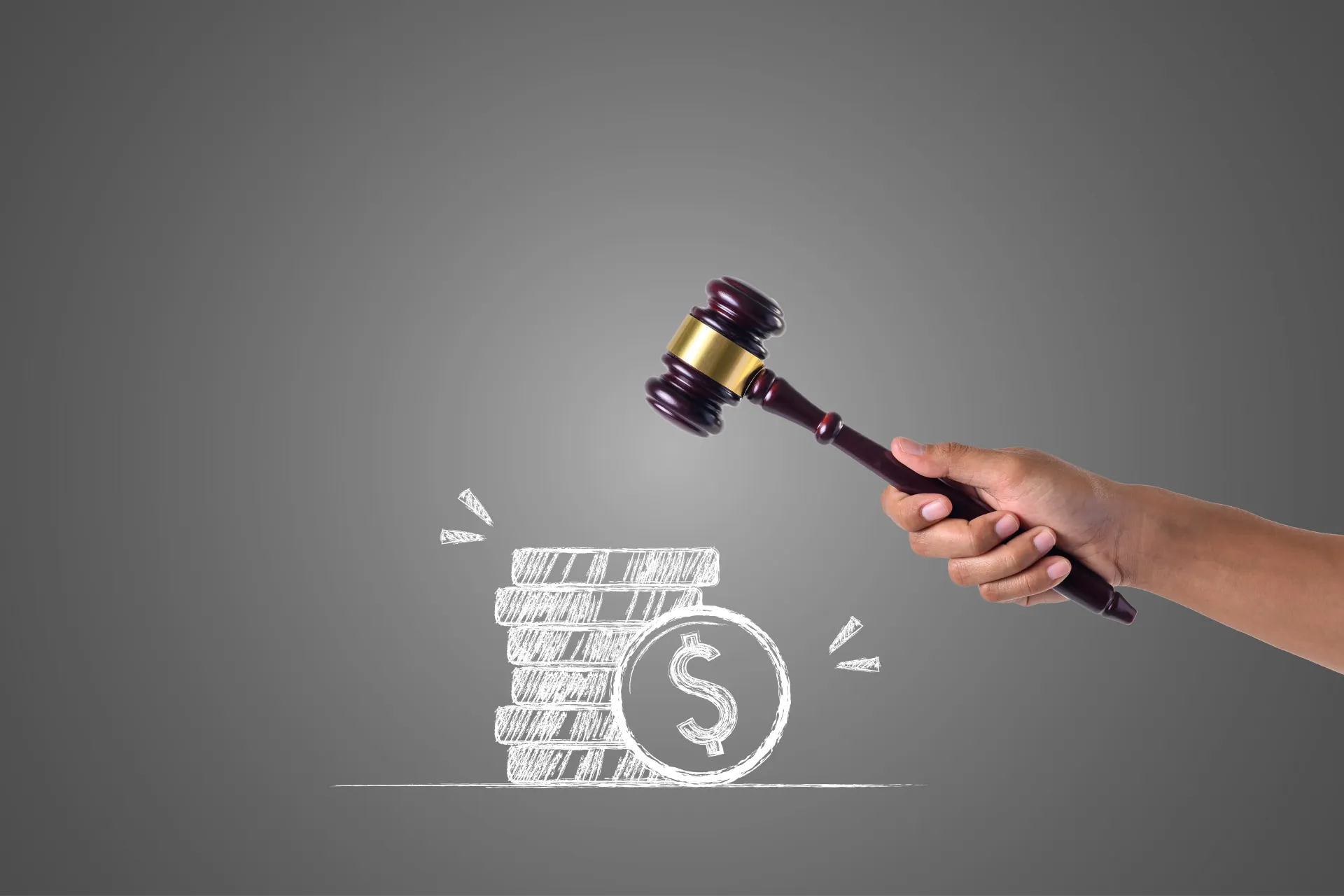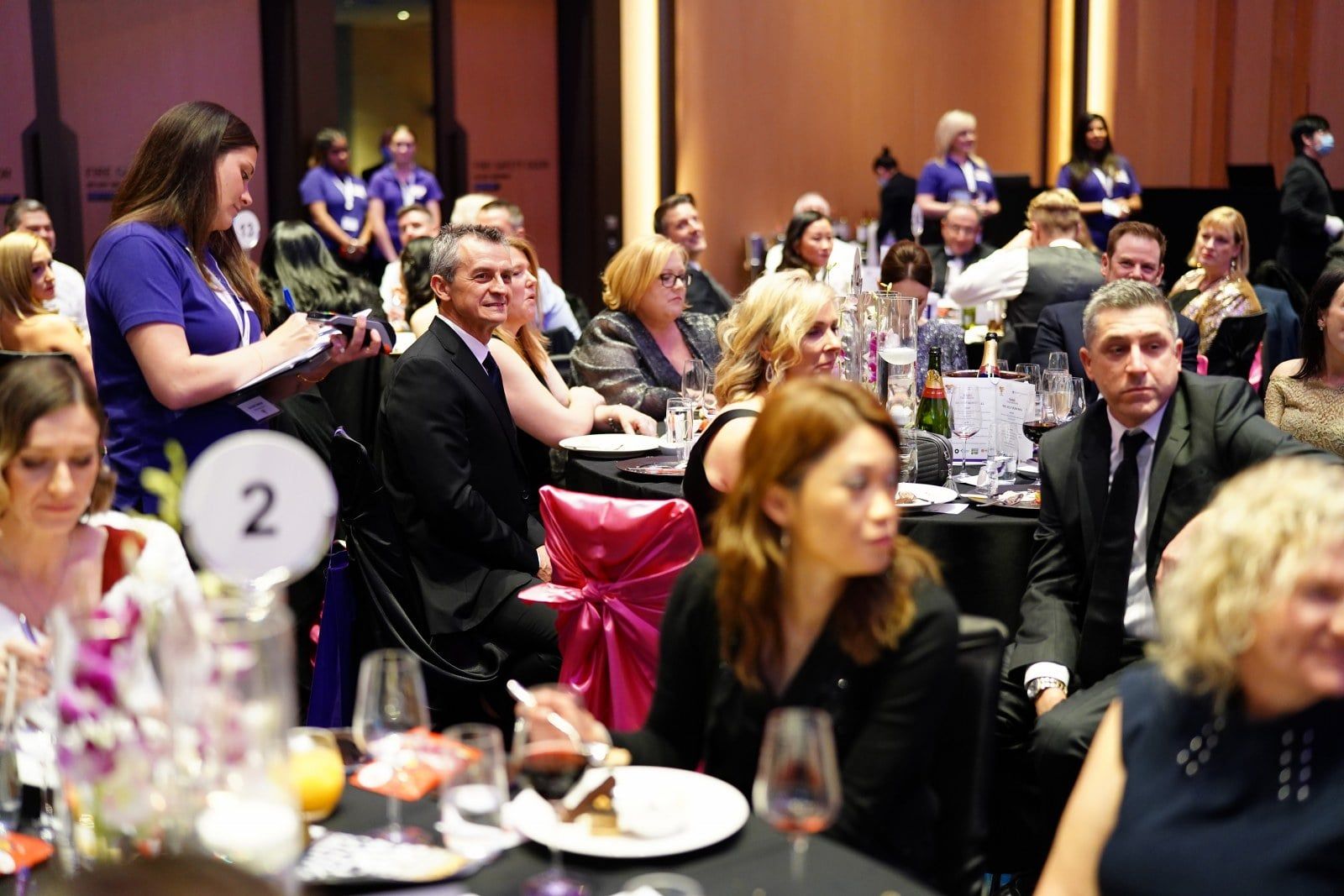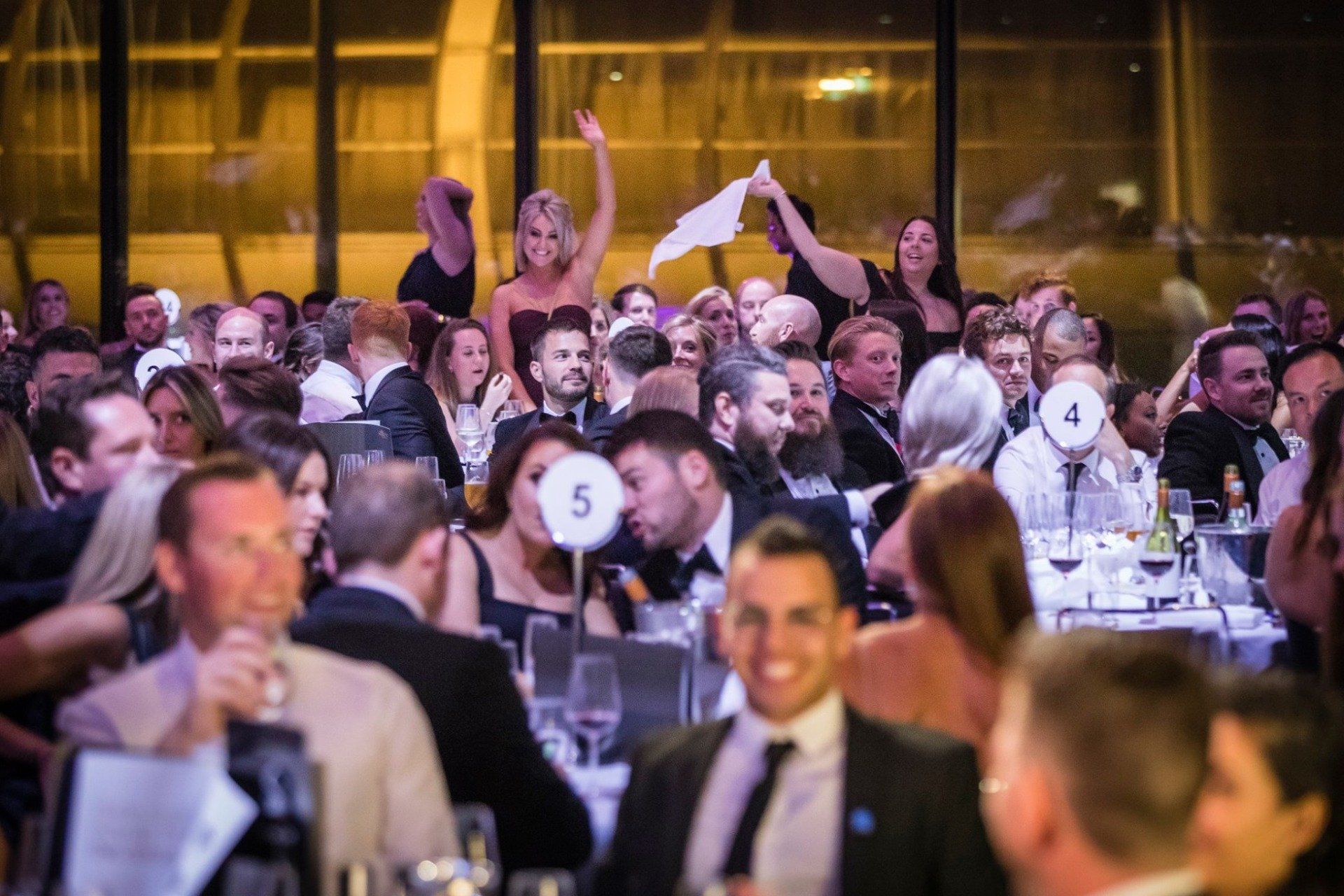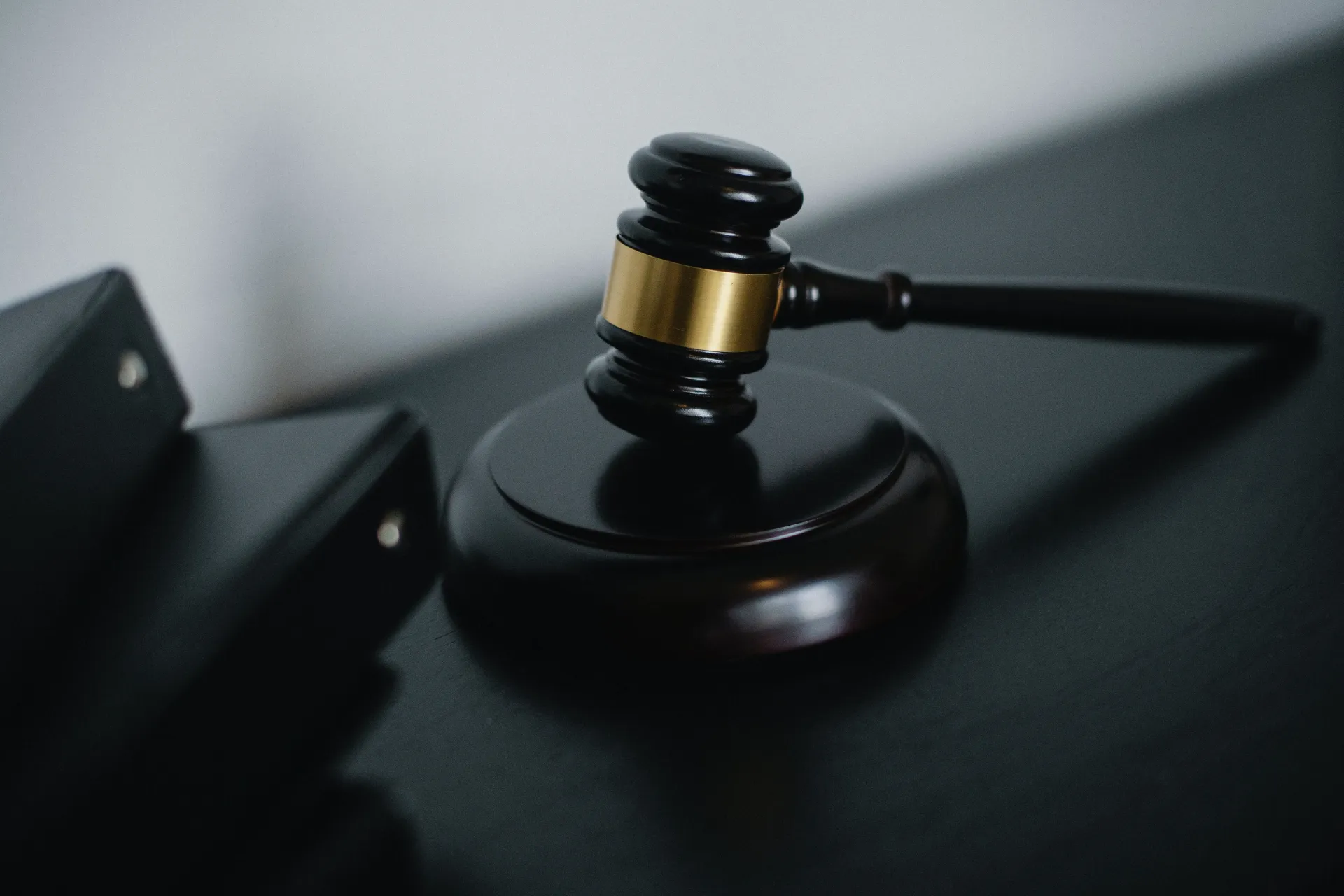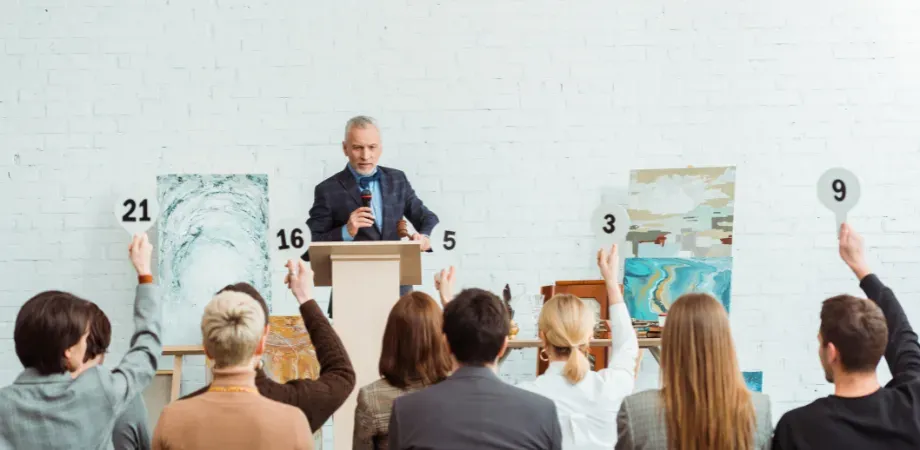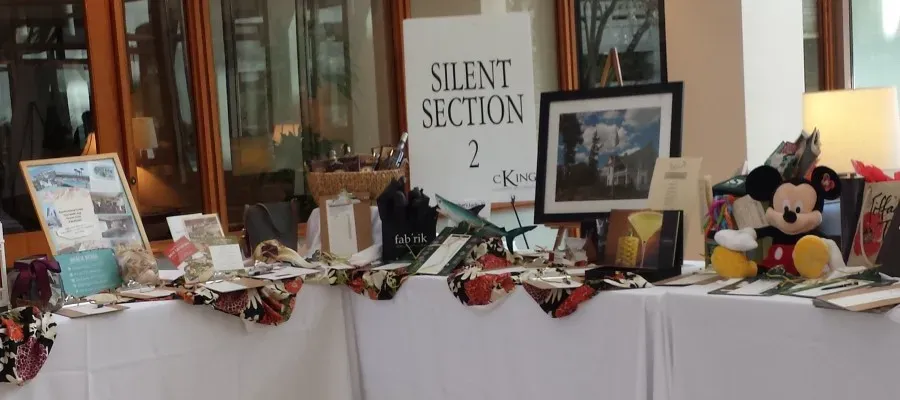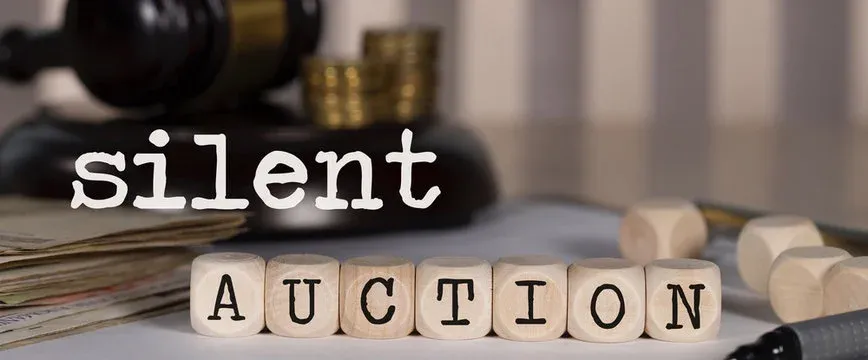How Live Auctions Work and Successful Auction Tips
There are multiple types of charity fundraising auctions, and a live auction is one of them. It’s one of the most popular fundraising events for nonprofit organisations and individuals who wish to raise financial support whilst providing an enjoyable experience for donors and bidders.
However, a live event may be scary and daunting for most people considering hosting a charity auction. You need to think about many things, such as staff, live auction items, the location, registration and sending out invitations.
The logistics of hosting a charity fundraising event is also a lot to take in. Still, with enough time, resources, budget and a reliable auction event company, such as Charity Auctioneer, you know you’ll be in good hands.
Let’s dive in and discuss how live auction works and the best tips and strategies to give your attendees the best time.
What Is a Live Auction for Nonprofits?
A non-profit live auction is a charity auction where bidders gather in one location and bid on particular items that interest them. An auctioneer runs the bidding event by providing descriptions for the items and setting an opening bid or the item's initial price. Once the auctioneer places the opening bid, this signals the start of the bidding phase.
There are several ways the attendees can place bids, depending on the rules set by the auctioneer. You can call out the amount, raise bid paddles or use an auction-specific app on a mobile phone to place your bids digitally.
All types of auctions are relatively profitable, but live auctions are the most promising due to the engaging and fast-paced nature that creates a sense of urgency for most bidders. This urgency is evident when bidding for high-value items where the increments are hundreds or thousands of dollars and interested bidders are waging a bidding war for the item.
How Does a Live Auction Work?
Live auctions are prepared by a non-profit organisation or individual weeks before the event. The most crucial step to a successful live auction is soliciting the right items from donors and sponsors and organising them into lots for bidding.
Once the lots are assigned, you can decide to have a preview event a week or day before the event itself. The preview allows bidders to look at and touch the items and determine which lots they wish to bid on. This gives the bidders an idea of the item’s current state to check for any repairs or damages if auctioning antique items.
Here are the steps to the live bidding auction:
- Step 1: Pre-Registration—Pre-registering your bidders a day before the event saves time and is more efficient than having the registration on the day itself. You can assign a unique number to each bidder, which they will use for identification purposes during the live auction.
- Step 2: Provide the Rules of Engagement—You can provide your bidders an online pamphlet that contains the rules during the pre-registration or project them onto the screen before the live auction starts. Your auctioneer can also announce these rules again before the bidding begins.
- Step 3: Begin the Auction—The auctioneer starts the program by announcing the first item. A starting bid is set, priced around 30%–50% of its market value. Once the auctioneer gives the go, the bidding can begin.
- Step 4: Accepting Bids—The auctioneer is the only person allowed to accept bids during the live auction. Bid spotters can help the auctioneer identify which bidders first raised their paddles but ultimately, it’s only the auctioneer that will call out the bidder. The bidder will call out the amount they wish to bid.
- Step 5: Guiding the Increments—The auctioneer will guide the bid increments to encourage other bidders to pitch in their amounts. The increments will depend on the bidding activity, and the auctioneer can call for a higher price than the current bidder's amount.
- Step 6: Closing the Bid—The auctioneer will decide to close off the bidding of an item when there are no more bidders after they count to three and say, ‘Sold’. The item's winner will be the last bidder who placed the highest final bid.
- Step 7: Fixing Disputes—Ultimately, the auctioneer will have the final say when there are disputes over an item. The auctioneer must be able to make quick decisions since the bidding can go very fast and it would be hard to keep track.
- Step 8: Encourage Engagements—If you plan to host a charity auction again in the future, provide an avenue for your attendees to mingle and socialise. The charity recipients can have a good time with the donors or sponsors. You might even meet a willing donor who can provide you with more solicitations or donate additional funds for your charity.
What Are Some Live Auction Best Practices?
If, by now, you’re familiar with the planning process and the live auction steps itself, it’s imperative to learn some live auction best practices you can use when hosting a charity fundraising event. Here are the best ones you can use:
- The Live Auction Items Are the Stars—Whilst you can always opt to have the items shown using a projector, the best practice is to show the actual items on the stage or have volunteers bring out the item whilst it’s being auctioned off. Have excellent lighting to bring out the best angles of the item. When bidders see the actual item and recognise its value, it can lead to more bids.
- Strategise the Auction Item Order—Before you hold the live auction itself, it’s best to start with the live appeal or the donation appeal so everyone can participate in the fundraising activity. Once the live auction starts, hold off on auctioning your best items first to avoid high-end bidders from leaving the event early. Start with low-value items at about a third of the event; you can bring out the big ones to maintain interest.
- Emphasise the Cause—When you remind your attendees that they’re at a charity auction, they will donate more to your cause. Be transparent and inform your attendees who will use the money and where it will go.
- Serve Food in the Auction—Food should be served before or after and never during a live auction. It can be distracting for the guests if served whilst the bidding is ongoing.
Charity Auctioneer: Your Partner in Fundraising
You’re now ready to host your own live auction event!
The best
live auction events are those prepared by a reputable charity auction events company, such as Charity Auctioneer. With 20 years of experience, we can provide you with the best possible results for your charity fundraising events.
Contact us today.


